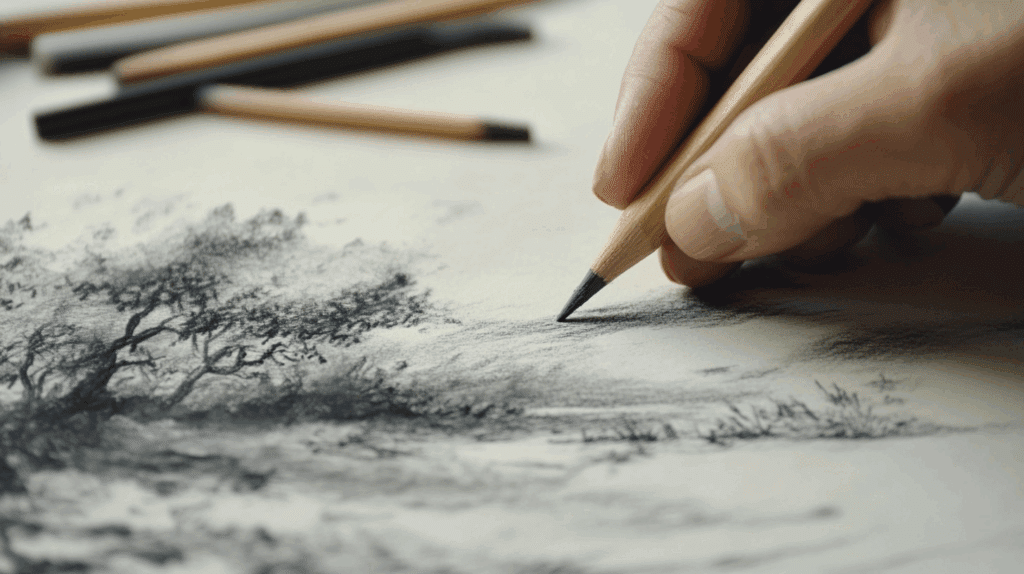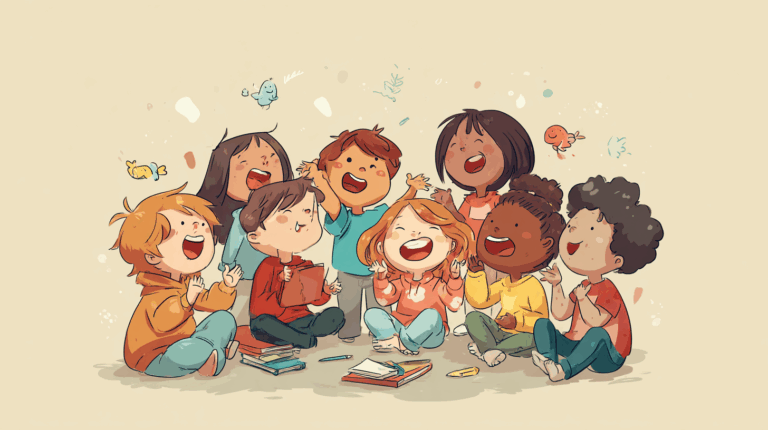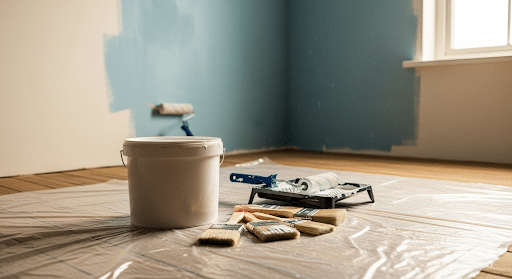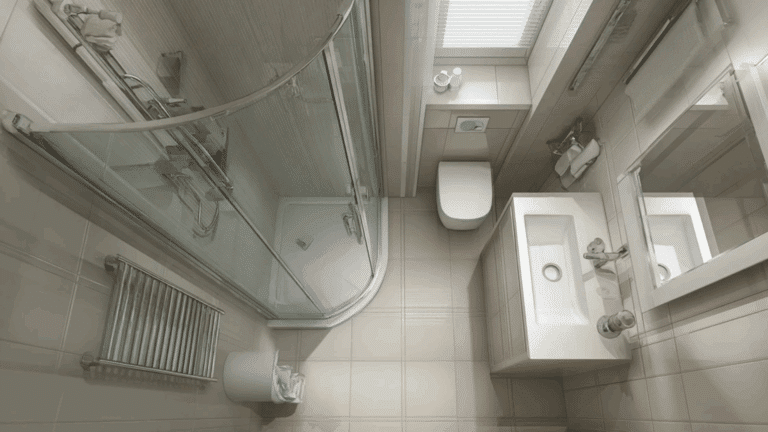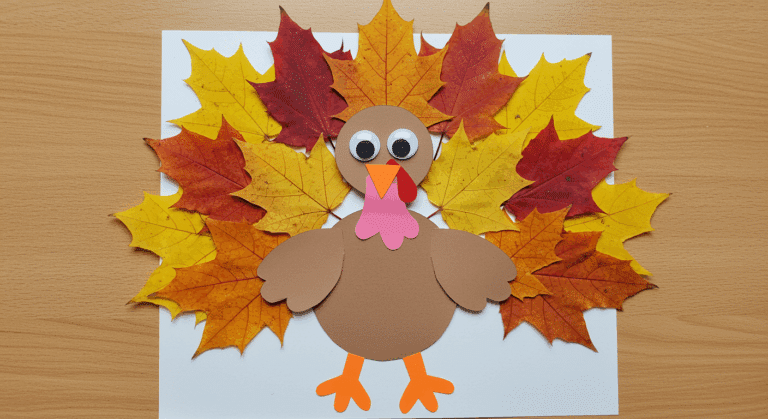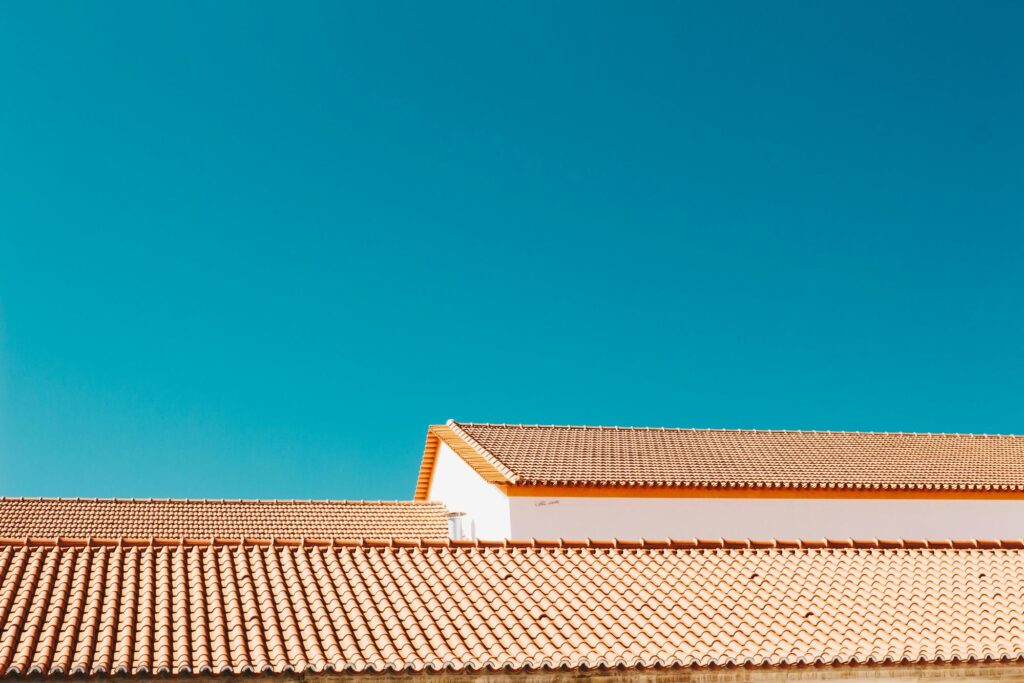Artists often struggle with charcoal pencil techniques. They find themselves overwhelmed by smudging, proper blending, and achieving the right tones.
Many believe that easy charcoal pencil drawing is impossible without years of practice. But that’s simply not true.
With the right guidance and approach, anyone can master easy charcoal pencil drawings. This blog will show readers how to create remarkable charcoal artwork without frustration or complicated techniques.
In the following sections, you will learn the best tips for beginners, simple shading techniques that create depth, and step-by-step instructions for common subjects.
These practical strategies will help turn intimidating charcoal work into enjoyable creative sessions that produce impressive results.
How to Draw with Charcoal Pencil in Simple Steps
Getting started with charcoal can feel intimidating, but with a few helpful tips, anyone can master the basics.
Even if you’re sketching portraits or landscapes, these simple techniques are perfect for easy charcoal pencil drawing success.
1. Choosing the Right Charcoal Pencil
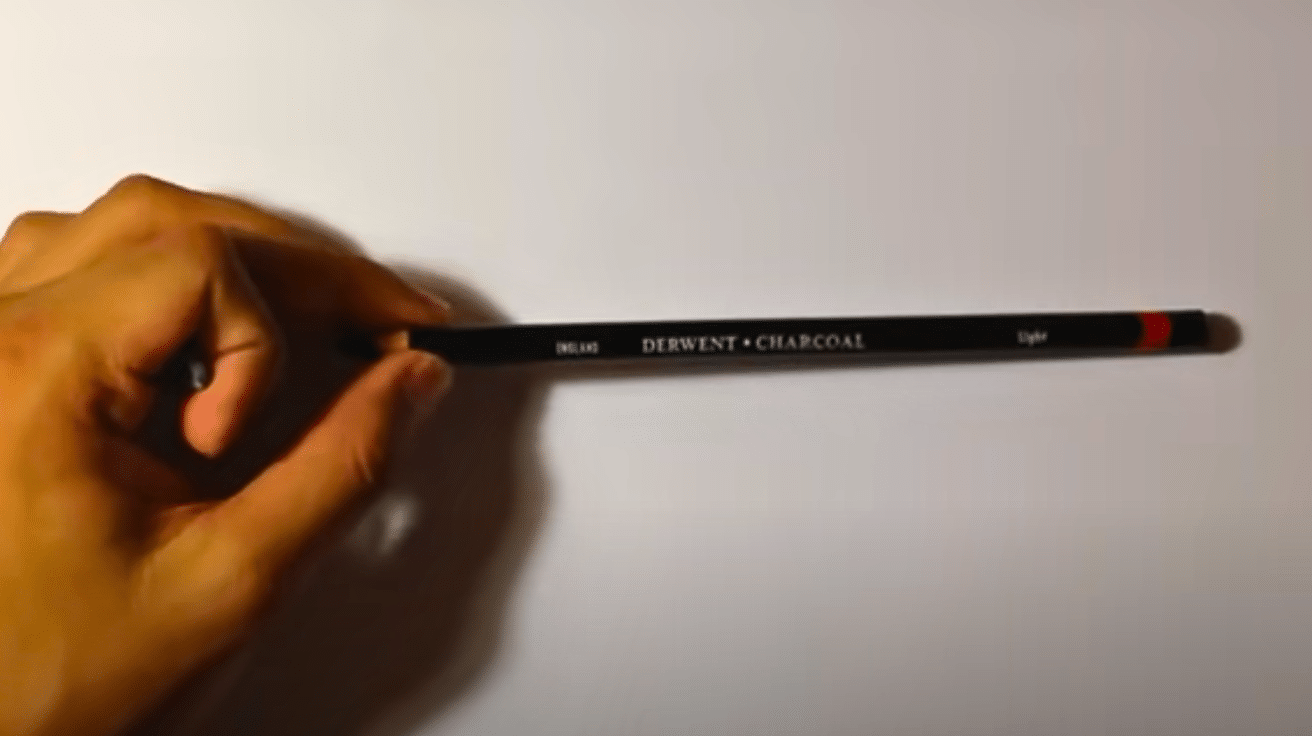
For an easy charcoal pencil drawing, select a charcoal pencil like Derwent charcoal light. Charcoal pencils are less messy than vine charcoal, which can blow off the paper easily.
With charcoal pencils, you’ll have more control, making it perfect for smaller drawings, like portraits or details. Choose a softer grade for smoother shading.
2. Preparing Your Surface
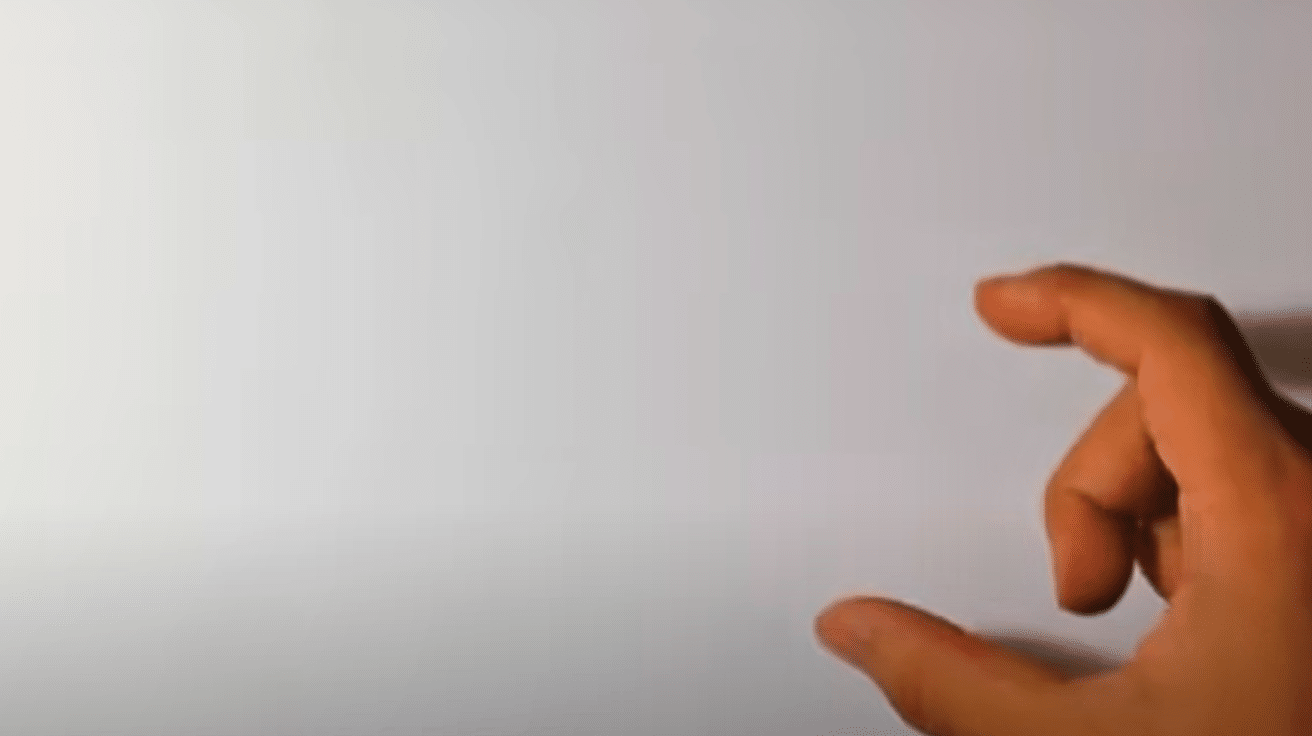
Before pitching into your easy charcoal pencil drawing, it’s essential to prepare your surface properly. While newsprint paper is the traditional choice for charcoal, you can use computer paper if that’s what you have on hand. Here are some tips :
- Smoother paper is preferred for charcoal pencils as it allows for easier blending and more precise strokes.
- Make sure the surface is clean and free of any debris to avoid unwanted marks.
- A clean surface ensures that your easy charcoal pencil drawing has crisp details and smooth transitions.
3. Start with the Darkest Areas
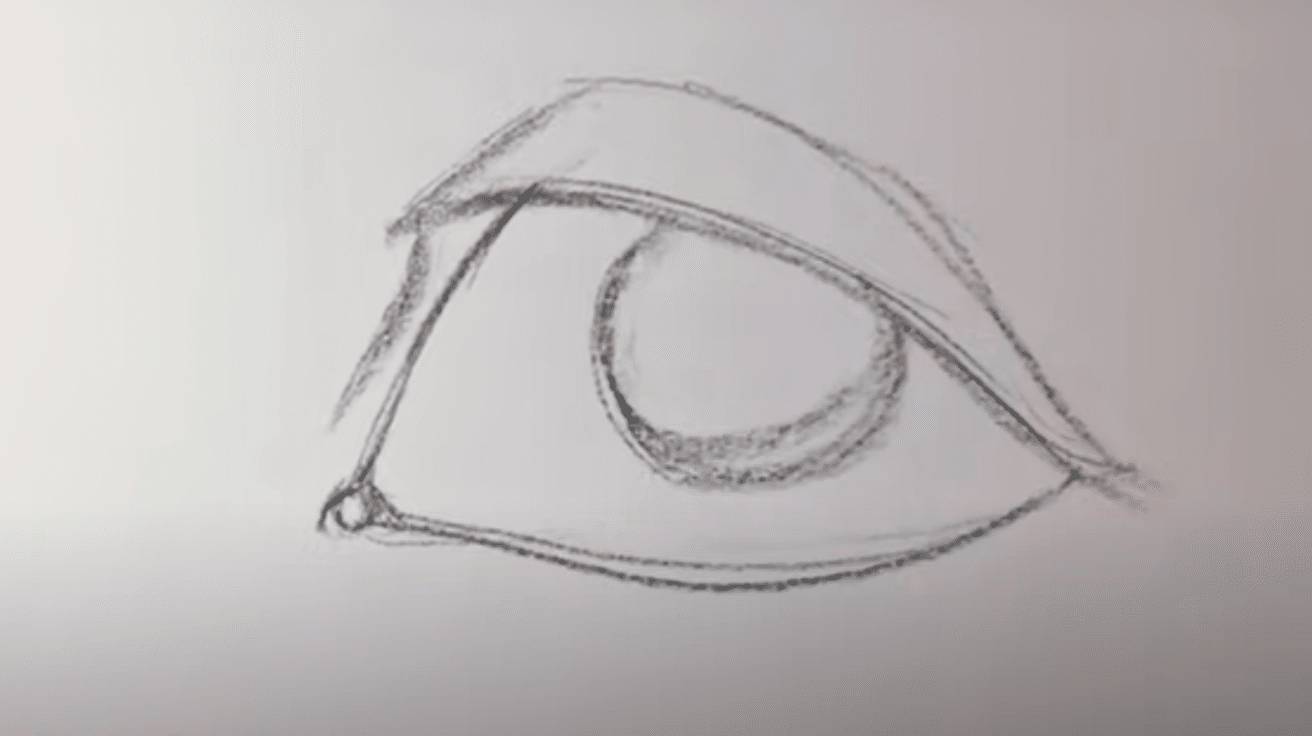
For the best results in your easy charcoal pencil drawing, begin with the darkest areas of your subject. Apply the darkest charcoal lightly and gradually build the depth.
This technique helps create contrasts, making it easier to add lighter shades as you progress. Don’t worry about being perfect at this stage; you can always adjust later.
4. Blend with Your Finger or Eraser
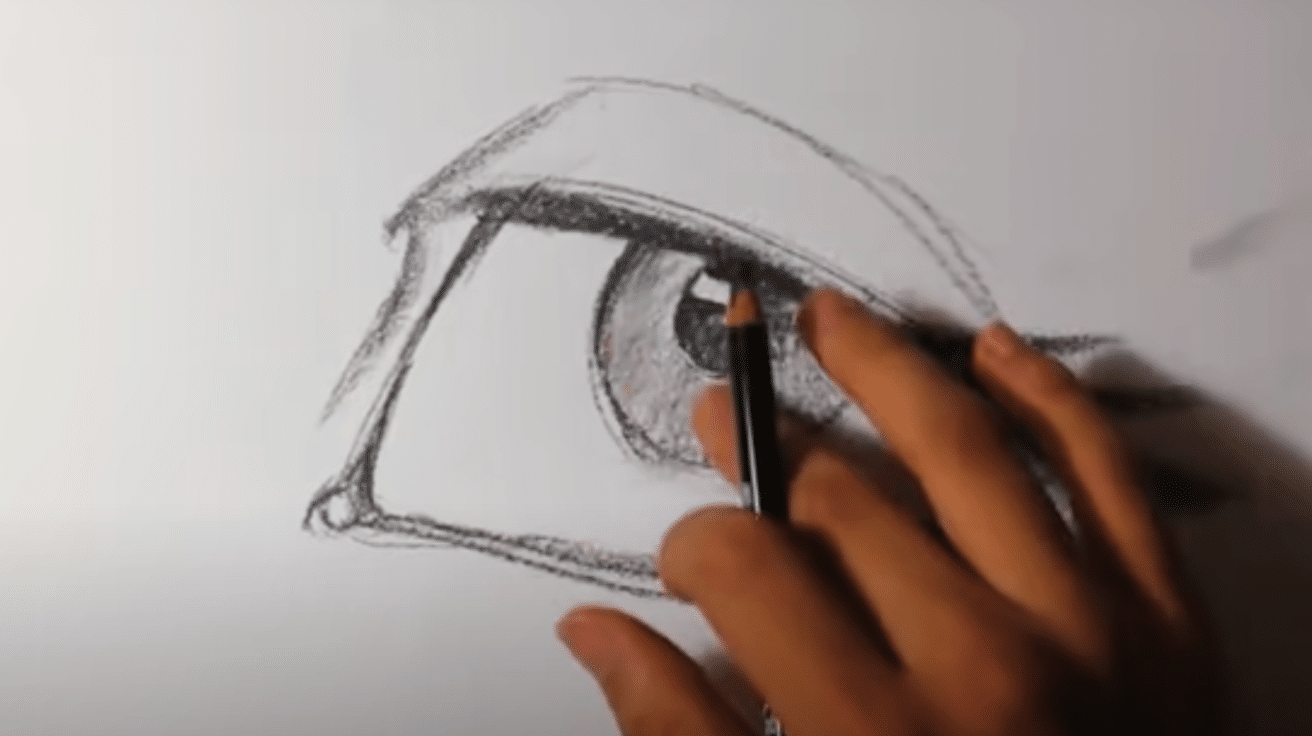
Smooth transitions between light and dark are crucial for realism in your easy charcoal pencil drawing. One effective way to blend is using your finger or a kneaded eraser.
Your finger will help soften the charcoal, creating smoother gradations, while the kneaded eraser is perfect for lifting highlights, especially in areas like eyes or reflections.
These tools enhance the depth and dimension of your easy charcoal pencil drawing, allowing you to achieve changing shading with a natural flow.
5. Work on Details Gradually
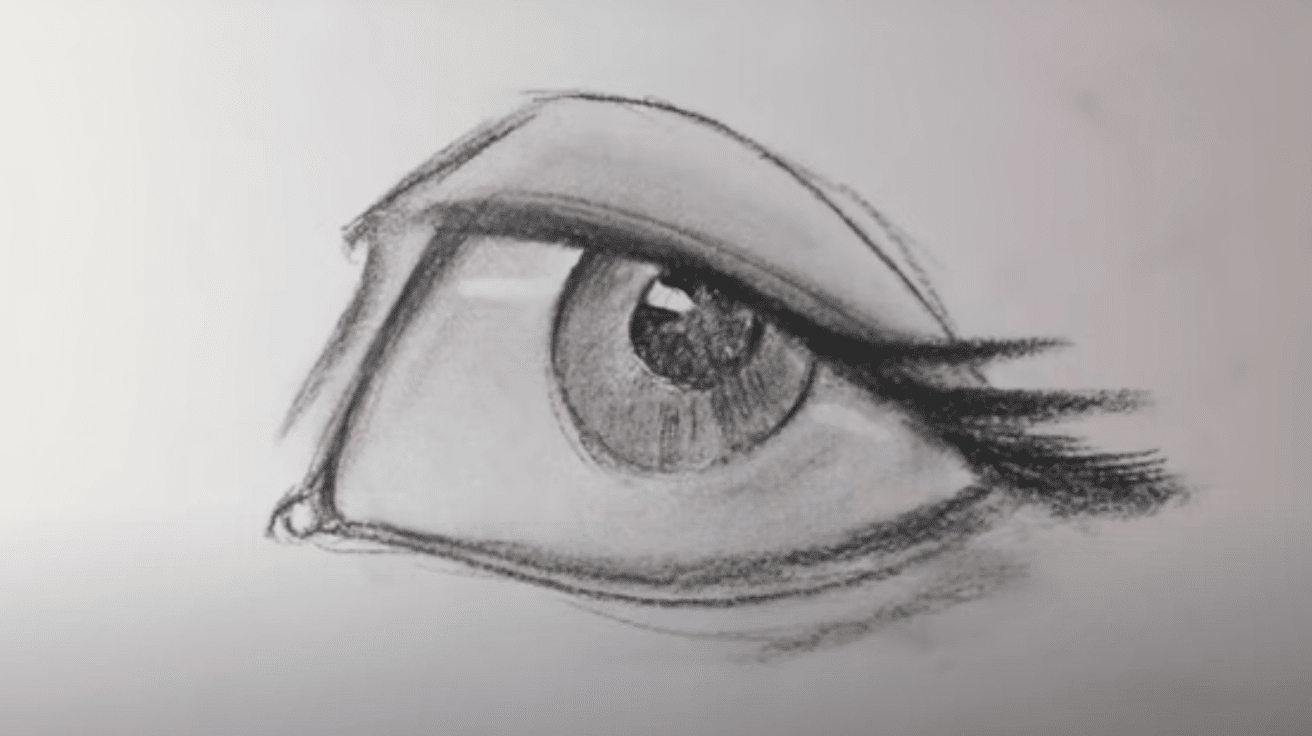
In any easy charcoal pencil drawing, focusing on gradual detail-building is key to achieving a realistic effect. Start with broader strokes for large areas and then move to finer details. This method gives you the freedom to:
- Sketch the basic shapes first, like outlines of the face or objects.
- Gradually refine the details, like eyes, lips, or textures.
- This careful buildup will enhance depth and subtlety in your easy charcoal pencil drawing, so take your time and enjoy the process.
6. Avoid Smudging by Keeping Your Hands Clean
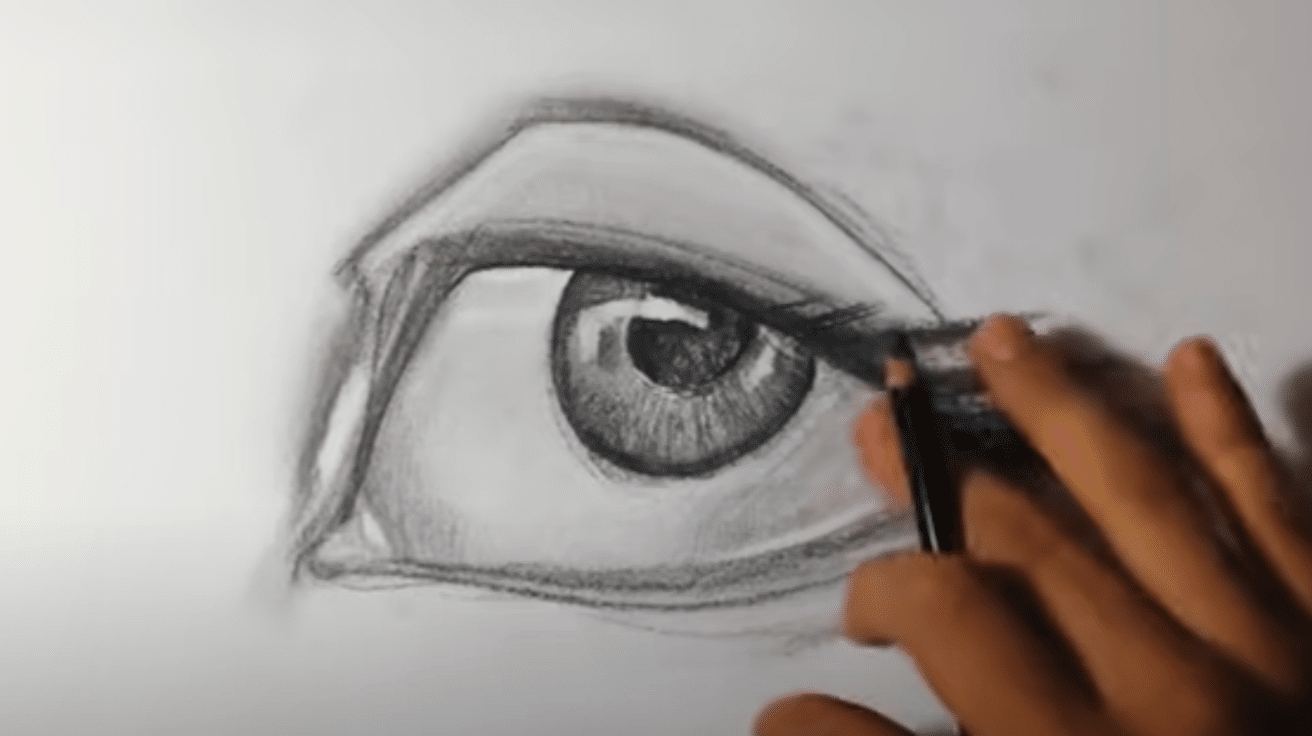
To keep your easy charcoal pencil drawing clean and sharp, it’s important to avoid smudging. When blending with your fingers, oils from your skin can transfer onto the paper, creating unwanted marks.
Always keep a napkin or cloth nearby to wipe your hands before touching your artwork again.
This simple habit helps preserve the clarity of your drawing, ensuring that your easy charcoal pencil drawing stays crisp and free of smudges. It’s a small step that makes a big difference in the final result.
7. Layer Charcoal for Depth
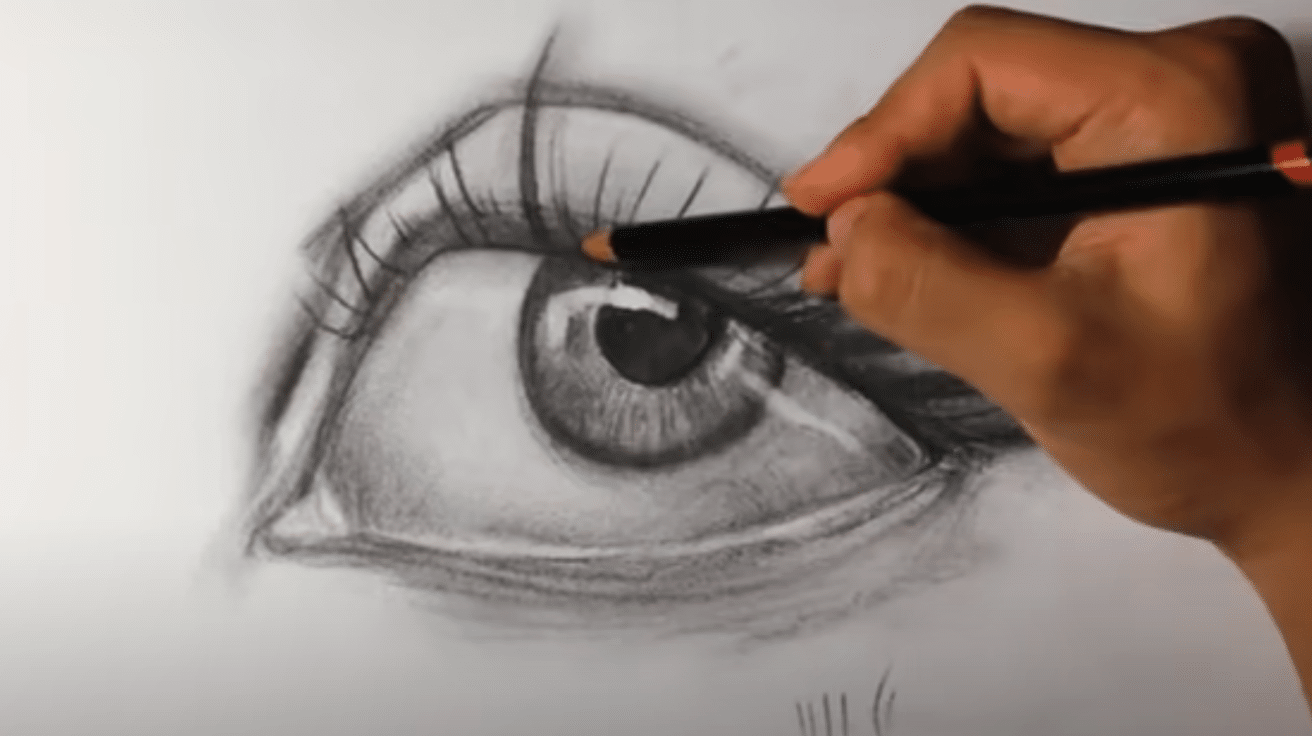
Charcoal is all about layering. In your easy charcoal pencil drawing, build up layers of charcoal to add richness and depth.
Start with light strokes and increase pressure as you add darker tones. You can always lighten areas with an eraser or smudge tool, so don’t be afraid to layer until you reach the desired intensity.
8. Add Highlights for Realism and Final Touches
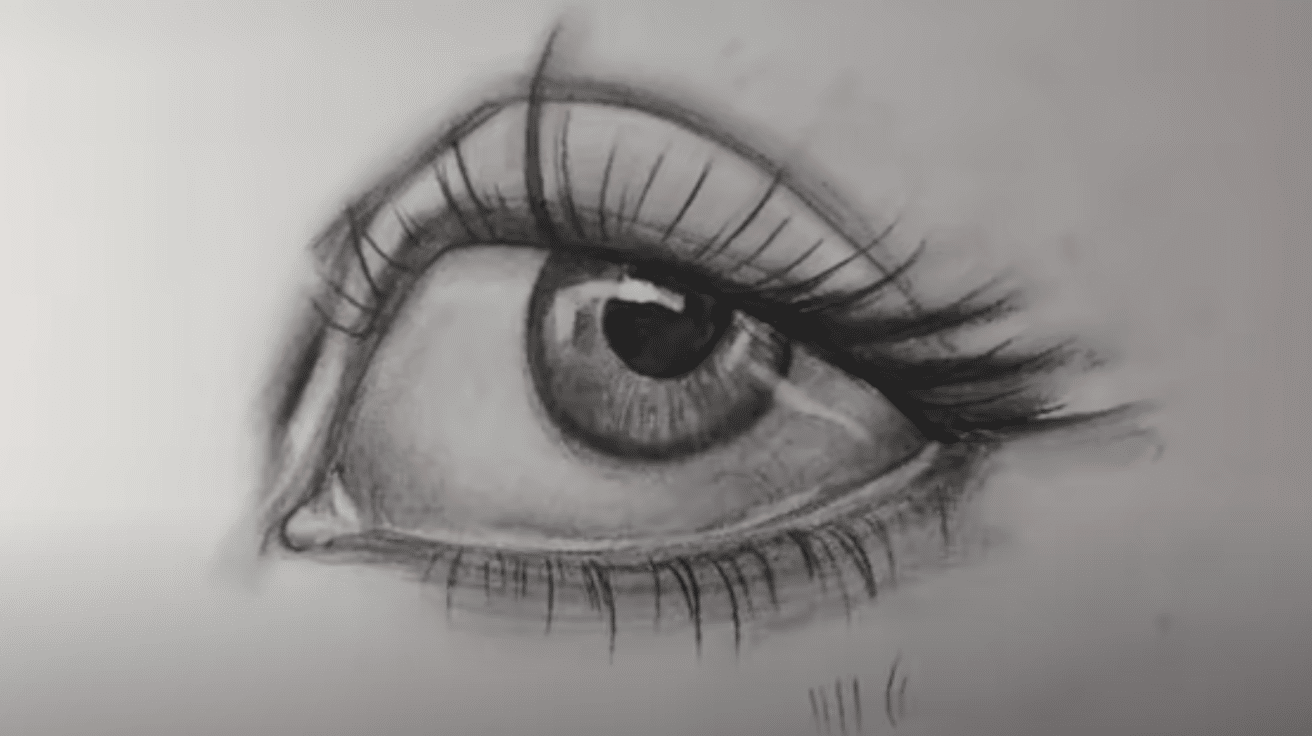
To give your easy charcoal pencil drawing more life and dimension, adding highlights is essential. The contrast between dark and light areas makes the drawing pop. Here’s how you can do it :
- Use a kneaded eraser to gently lift charcoal from the darkest areas, revealing highlights such as light reflections in the eyes or on shiny surfaces.
- This contrast will bring realism and a changing touch to your artwork. Incorporating highlights in your easy charcoal pencil drawing will raise it, giving it a more polished, lifelike appearance.
Easy Charcoal Shading Tricks for Realistic Art
Mastering shading is key to bringing depth and life to your charcoal sketches. These charcoal pencil drawing tricks are beginner-friendly and will instantly level up your artwork. Use them to enhance your skills in easy charcoal pencil drawing and achieve professional results with minimal effort.
- Vary Your Pressure- Use light strokes for soft areas and firmer ones for shadows to create depth.
- Use Blending Tools- Avoid fingers—opt for blending stumps or soft tissues to keep your work clean.
- Start with Light Layers- Gradually build up the tone; don’t rush the shading process.
- Use an Eraser for Highlights- Gently lifting charcoal with a kneaded eraser adds light and contrast.
- Mind the Direction- Shade along the form of the object for a natural look.
- Practice Light Source Control- Knowing where your light hits improves every easy charcoal pencil drawing you do.
Creative and Easy Charcoal Pencil Drawing Ideas to Try Today
Looking for fresh inspiration? These charcoal pencil drawing ideas are perfect, even if you’re just starting out or looking to sharpen your skills.
From simple objects to expressive scenes, each one supports your growth in easy charcoal pencil drawing while letting your creativity flow.
A Lonely Tree in A Field
A Cup of Coffee on A Table
A Sleeping Cat
A Cloudy Sky Over Mountains
An Empty Bench in A Park
Wrapping Up
Charcoal pencil art doesn’t need to be complicated. With these straightforward techniques, anyone can create remarkable shadows and highlights. The key lies in patience and practice, not perfection.
Remember that easy charcoal pencil drawing starts with quality materials and basic methods. As their skills improve, artists naturally develop their own style and approach to shading.
For those wanting to expand their artistic path, examining Quick and Easy Sketch Drawing Ideas or learning How to Draw a Nose can build complementary skills. These topics help strengthen fundamental techniques.
Remember that mistakes are learning opportunities. The beauty of charcoal is its forgiving nature – you can always erase, blend, or adjust until you achieve your desired effect. The path of artistic growth continues with each new drawing.


